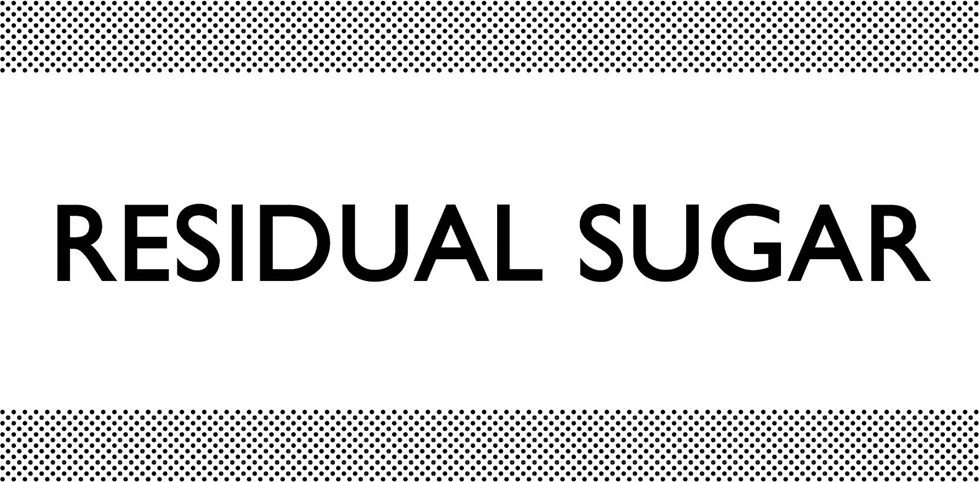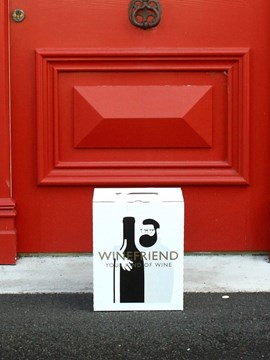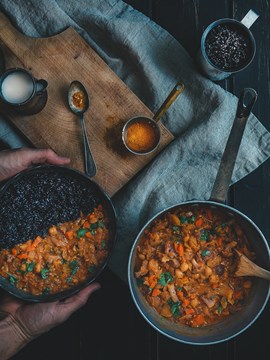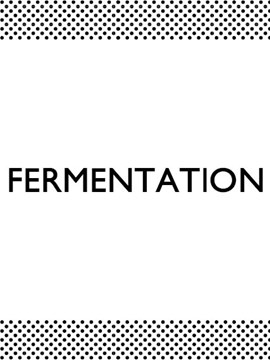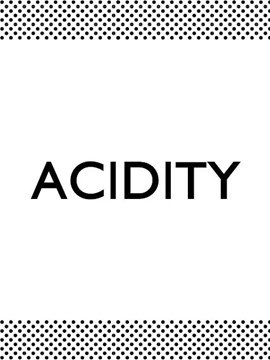Sugar is about as polarising to the wine world as that black and blue dress was to the internet. But whether or not you consider yourself a fan of sweet vino, one thing’s certain: every wine out there has some level of residual sugar (or RS, for short), even if it’s miniscule.
Residual sugar is the term for the sugars that are leftover once fermentation ends. Measured in grams per litre (g/L), it’s a mark of sweetness in wine and is determined by two things: 1) the amount of sugar naturally present in the grapes when they come off the vine and 2) the point at which fermentation stops.
Fermentation can stop for a number of reasons, most of which are natural (the yeast dying due to temperature changes or before they can fully convert all the natural sugars into alcohol, etc.). But the winemaker can also control RS by halting fermentation when the wine has reached the desired sweetness level (or lack thereof).
RS ranges from about 1 to 2 g/L in ‘dry’ wines to 35 or more g/L in ‘sweet’ wines (such as Sauternes) — but in the best sweet wines, RS is balanced by bright acidity to produce seriously drinkable sips with the perfect harmony.
